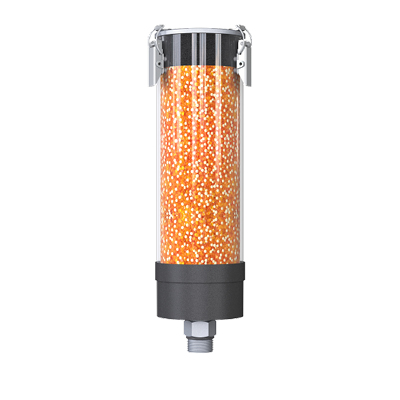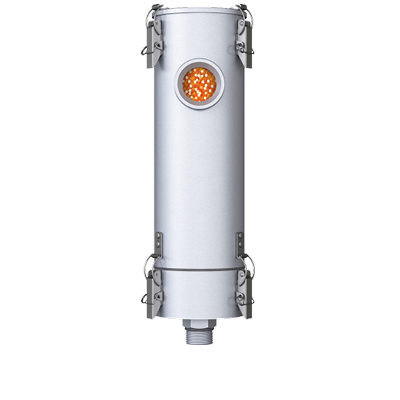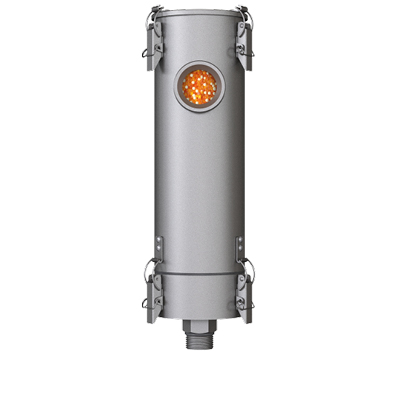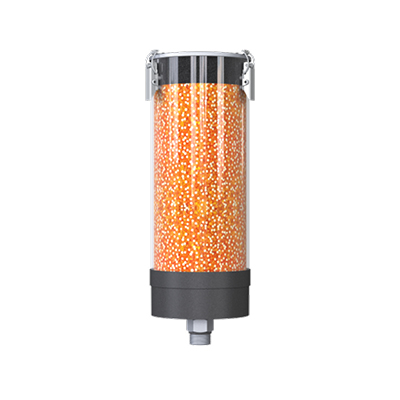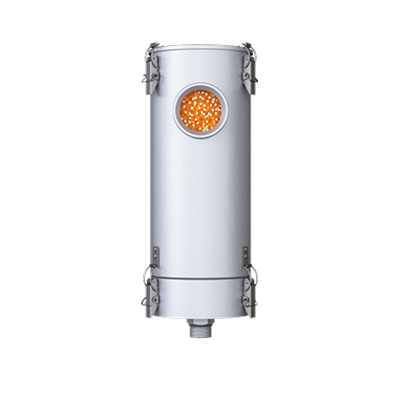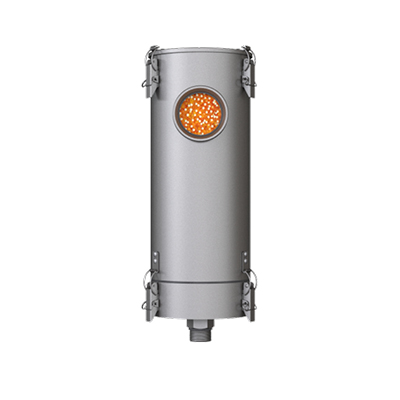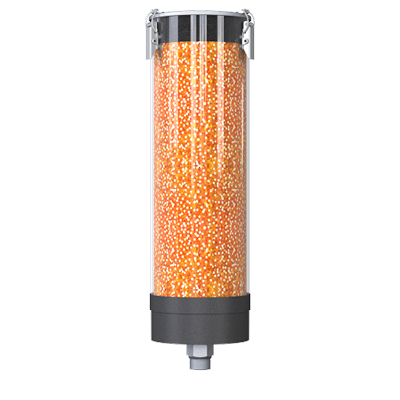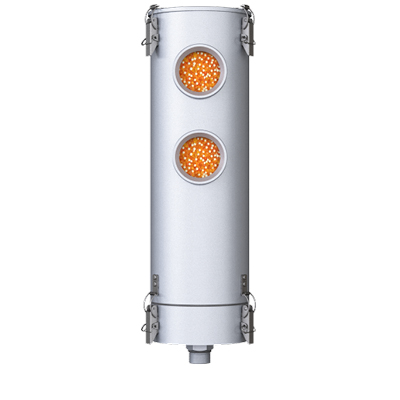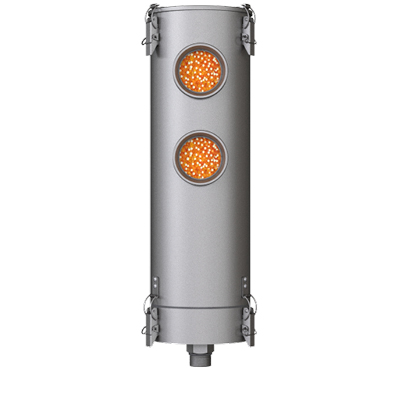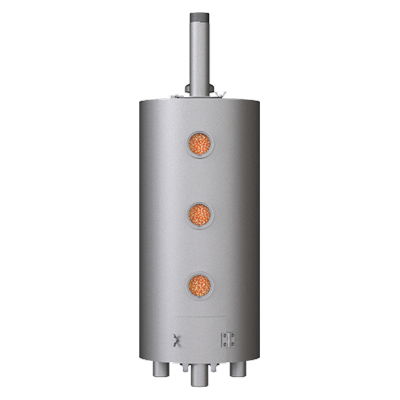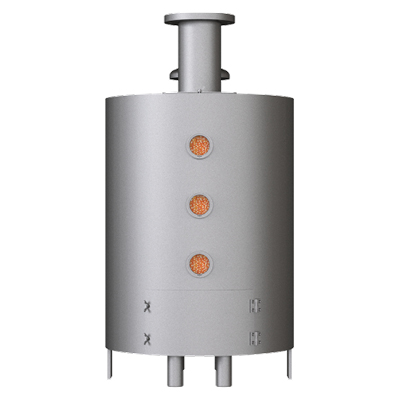Why does the use of an adsorber on storage tanks make sense?
Storage tanks are gradually emptied during their use. To equalize the pressure, air flows in from outside. If hygroscopic substances are stored in the tanks (such as isocyanate and bio-oils), the humidity flowing in with the outside air causes a reduction in the quality of the stored substance. This process is accelerated by temperature fluctuations, especially when temperatures fall below the dew point and condensate forms. This also causes corrosion damage inside the tank.
Our GIEBEL breather dryers provide a remedy by drying the incoming air in advance. The desiccant contained in the dehumidifier absorbs the moisture and indicates by a color change when the adsorber is fully loaded and should be replaced.
Adsorber series for storage tanks.
Dehumidifier / Ventilation dryer
for the separation of humidity
How to find the right size.
Adsorbers for drying the supply air
Please click on the tank volume below
Mounting variants adsorber & ventilation system.
For the use of adsorber and venting system on a storage tank, we offer 2 different mounting options.
End assembly

Example: VV-RV and separately mounted ventilation system

Example: MS-R and separately mounted ventilation system
Through assembly

Example: VV-RV with venting system

Example: MS-R with venting system





